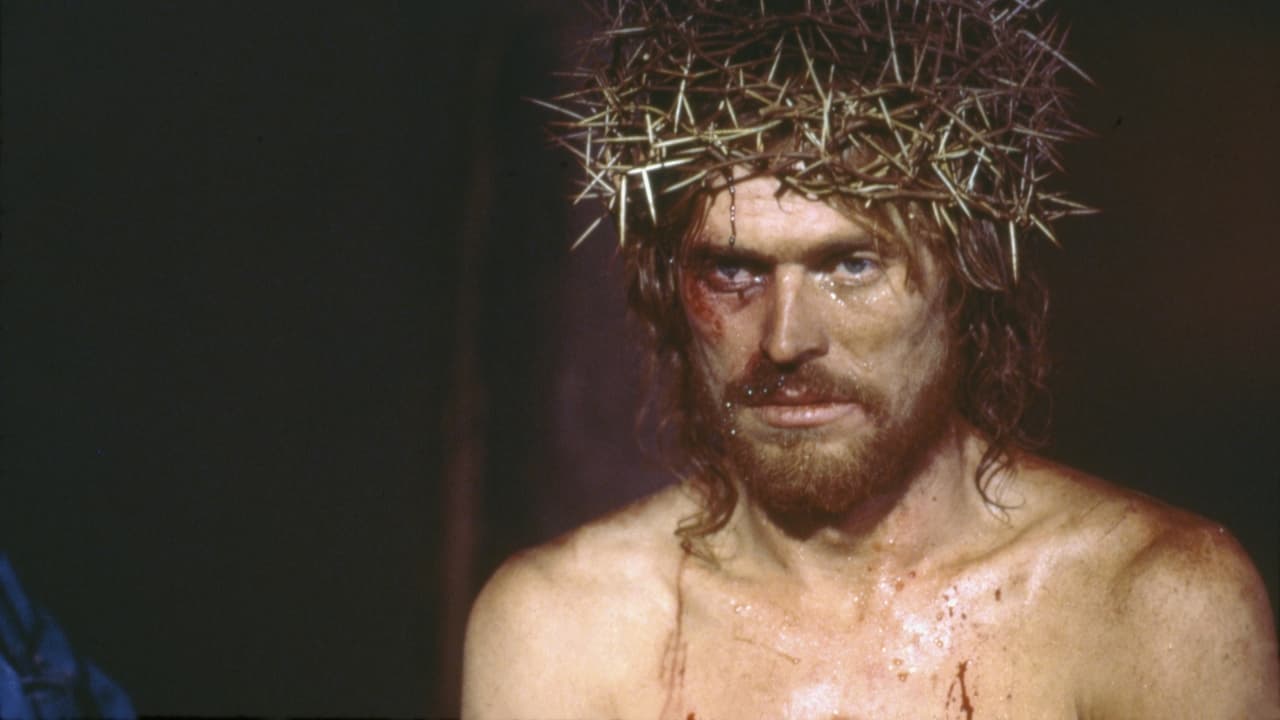Martial Arts Meets the Divine: An Unexpected Cinema Duel
When it comes to Martin Scorsese and drama, you might not first picture a story steeped in religious introspection. However, 'The Last Temptation of Christ' (1988) does exactly that. This movie review attempts to unravel the rich tapestry woven by Scorsese as he collaborates with stellar actors like Willem Dafoe and Harvey Keitel. The result? A film that courageously steps into the realm of philosophical questioning and echoes like a gong of divine mystery.
Plotting a Course Through the Great Biblical Sea
Scorsese’s 'The Last Temptation of Christ' follows Jesus Christ, played with fervent intensity by Willem Dafoe, as he navigates not only his divine calling but also the very human challenges of doubt and temptation. It’s like watching a spiritual odyssey unfold with layers richer than Grandma's Thanksgiving pie. While confronting demons both external and internal, Dafoe’s Christ gives us both the miracles we know and a glimpse into an uncharted exploration of personal conflict. His last temptation? It hits on the cross in a uniquely personal showdown that's more gripping than any courtroom drama could hope to be.
Actors as Apostles: Willem Dafoe and the Gang
Actors often become the soul of a film, and here, Dafoe breathes a dazzling life into the biblical figure. His portrayal offers a synthesis of vulnerability and strength that keeps you glued like your fingers on a touchscreen during an electrifying TikTok reel. Harvey Keitel as Judas adds the gritty texture he’s famously known for, transforming from a sidekick to an essential philosophical sparring partner. Meanwhile, Paul Schrader’s screenplay, based on Nikos Kazantzakis's novel, crafts dialogue as sharp as a samurai sword, proving that old religious tales still have fresh things to say.
Scorsese Strikes Again: Direction and Cinematography as Art
Has Scorsese ever failed to transport us? Doubtful. Here, he ensures that the cinematography elevates themes of spirituality and struggle through arresting visuals and thoughtful framing. It's like each scene is a painting on the ceiling of the Sistine Chapel, guiding your eye from the mundane to the divine. The film’s color palette traverses from dust-ridden earth tones to heavenly blues and striking reds. This visual journey becomes the poetic background music to Dafoe’s transformative performance. The direction here feels both ancient and revolutionary, offering a film critique in spirituality through cinematic mastery.
Across Time: Comparing Scorsese’s Divine Vision
If you find yourself drawn to other religious drama giants like 'Ben-Hur', 'The Passion of the Christ', or even the mythic elegance of 'Life of Pi', prepare for a new kind of sacred voyage. This movie deviates from its peers by offering a psychological dive deeper than any underwater thriller. Scorsese’s approach feels fresh yet timeless, much like his earlier works such as 'Taxi Driver,' where internal conflict becomes the real antagonist. It's an interesting paradox, isn’t it? Passion interwoven with doubt—much like finding nuggets of chocolate amidst a cotton candy cloud of existentialism.
Wrapping Up with More Than Just Ashes and Dust
'The Last Temptation of Christ' isn't just a story; it's an analytical cinema analysis on what it means to be human while holding onto the divine. Whether you watch it as a believer, a skeptic, or someone who simply loves a good drama, it becomes a part of your soul’s archive. If movies like this intrigue you, where humanity clashes with the divine, struck by bolts of celestial epiphany—then don’t skip this must-watch dramatic excursion!

